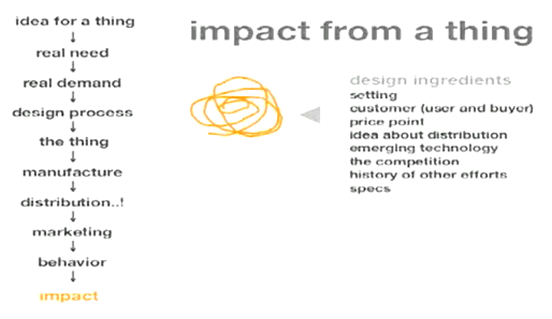by: Mike Pezone
In this 25 minute presentation Kevin Starr, founder and director of the Mulago Foundation – a private foundation focused on health, poverty and conservation in the world’s poorest places – presents “Design for the Bottom Billion.” The Mulago Foundation finds scalable solutions in the developing world and funds organizations that can deliver those solutions like Aquaya, Living Goods and Vision Spring. As a social investor interested in maximizing impact for each dollar, the Mulago Foundation put together a “doable yet rigorous approach to assessing impact.” To get the design right you need to understand what your organization is set up to achieve – your impact. What does this mean for Kevin Starr?
- 9 word mission statements with no fluff!
- Determining the SINGLE most important indicator (KEEP IT SIMPLE!)
- Measuring the “right” thing
- Clearly attributing improvement in the “right” measurement to your intervention
In a clear and straightforward manner, Starr breaks down a 10 step checklist of sorts for bringing an idea through the design process to real impact (see image above). I would summarize the checklist here, but I wouldn’t be able to do it justice. Watch the video as Starr shares anecdotes and lessons learned from the field to demonstrate design ingredients and pitfalls.
Whether you are a design guru, novice or just have an interest in the subject you will learn something. Even better yet, if you work in the development field on relevant projects organize a time to watch this with some of your colleagues.
Good ideas get better when shared!




{ 1 comment… read it below or add one }
Interesting. It seems to me, though, that starting with “Idea for a thing” is incorrect. Having the idea and then deciding what it can be used for means that you end up with technology for technology’s sake, and possible “square peg, round hole” phenomenon. I think that it’s more appropriate to start with identifying a problem (real need), then go on to real demand, THEN go on to “idea for a thing.” That way, you ensure that your thing is actually need-based, not thing-based.